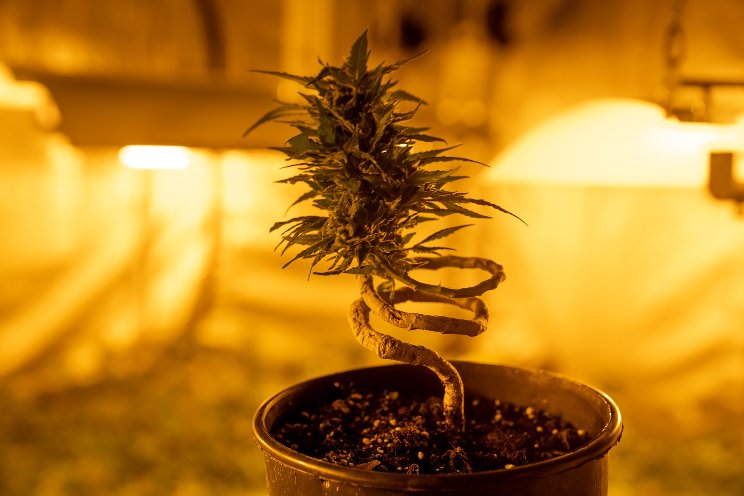Bud Rot: Spotting, treating, and preventing botrytis
Added on 10 November 2023

We sat down with a few cultivation experts to discuss the main causes of bud rot, some tips for preventing this type of mold, and what to do when botrytis attacks healthy plants.
Five causes of bud rot
Whether you know it as bud rot, botrytis, or bud mold, there’s no denying this type of fungus can cause a significant amount of damage to your crop. Here are five of the main causes to keep in mind so you can stop bud rot before it begins.
1. Unpredictable environmental conditions
While fungal infections can occur in an indoor grow space, bud rot is much more common with sungrown cannabis—mainly because this fungus thrives in unpredictable weather conditions.
“Decay is what causes bud rot, and your plants will be particularly susceptible to it if they’re being grown in weather that varies widely from season to season,” said organic farmer Scott Vaserling, founder at Humboldt Family Farms. “Your plants will be particularly vulnerable during the flowering stage. If you get rain and then really warm, humid weather the following day, it can cause major problems.”
2. High humidity levels
Environments with high humidity levels are more susceptible to bud rot. This is especially important to consider when dealing with big buds and colas, which are more likely to trap moisture in their dense, cushy real estate.
Photo by CRYSTALWEED cannabis on Unsplash
More news















